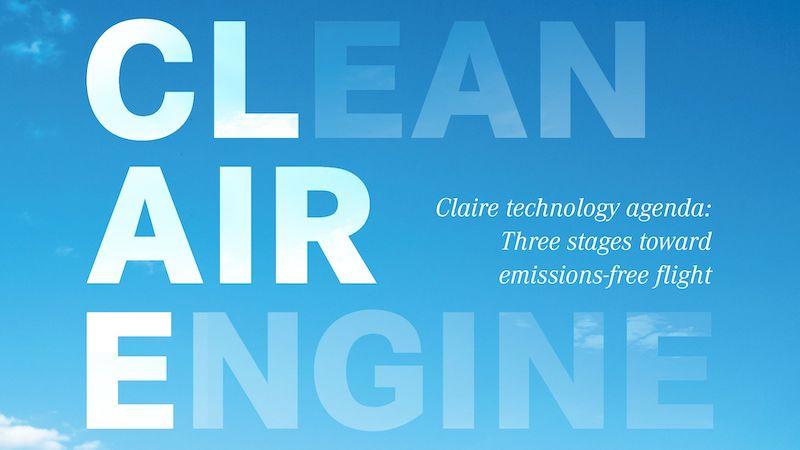On Track For Emissions-Free Flight

Whether exploring faraway countries, discovering new cultures, meeting up with business partners or shipping commercial goods and humanitarian aid – flying brings people together. That said, the aviation sector now faces a headwind as awareness grows about the climate impact of air travel. In response, the industry has identified a number of key challenges. Specifically, it is working hard to progressively reduce the climate impact of aircraft and to deliver the kind of radical solutions that will improve aviation for the long term.
Emissions-free flight is the overall goal and the vision of MTU Aero Engines. It is guided by the Paris Agreement’s target of limiting global warming to, ideally, an in-crease of 1.5 degrees Celsius compared to preindustrial levels. In the past, aviation industry targets focused exclusively on CO2 emissions. In the future, the climate im-pact of nitrogen oxide (NOx) emissions and contrails will also play a role. Taken to-gether, these effects constitute the climate impact of aviation.
New engine technologies from MTU
With its Clean Air Engine (Claire) technology agenda, MTU is working hard to reduce the fuel consumption and climate impact of aircraft engines over a total of three stages. Claire was launched in response to global climate goals and the need to reduce aviation’s climate impact. The solutions and concepts elaborated in this agenda push boldly beyond existing technology in order to provide pioneering answers and exploit new potential.
A key element of this program is an evolutionary enhancement of the gas turbine engine based on the geared turbofan and combined with revolutionary propulsion concepts. Here, MTU favors the water-enhanced turbofan (WET) engine, which reduces both CO2 and NOx emissions and also significantly restricts the formation of contrails. The revolutionary concepts to emerge from MTU also include an electric propulsion system: the flying fuel cell (FFC). In the long term, this hydrogen-powered fuel cell has the potential to deliver virtually emissions-free flight.
For MTU, one thing is clear: in light of the Paris Agreement, any developments designed to deliver climate-neutral flight will need to be market-ready well before 2050. The company has therefore stepped up its work on revolutionary propulsion concepts, in partnership with players from industry, science and research. In parallel, MTU is working to enhance existing propulsion systems, such as the highly efficient geared turbofan, and to couple these with sustainable fuels so as to achieve a significant reduction in the climate impact of aviation as quickly as possible.